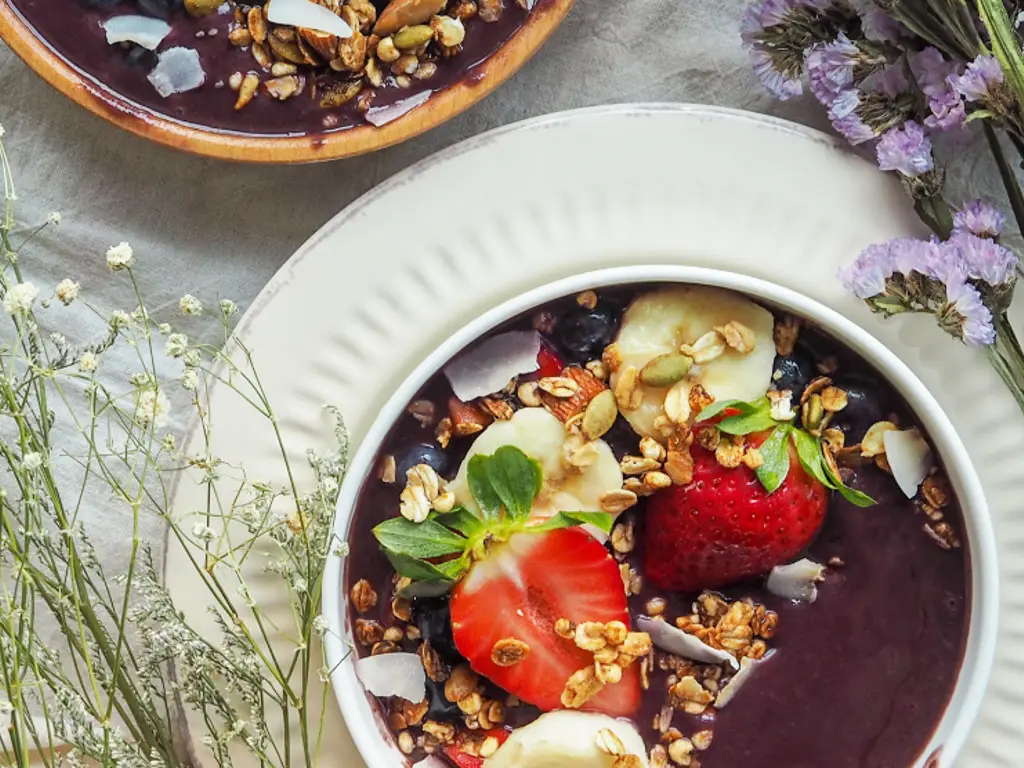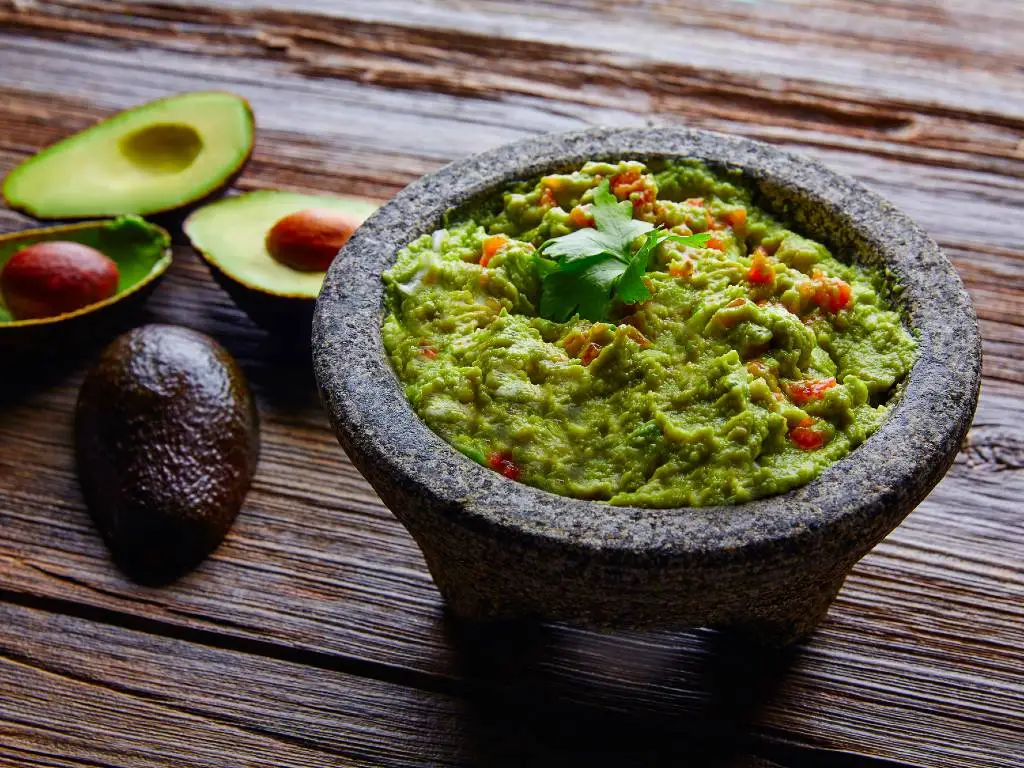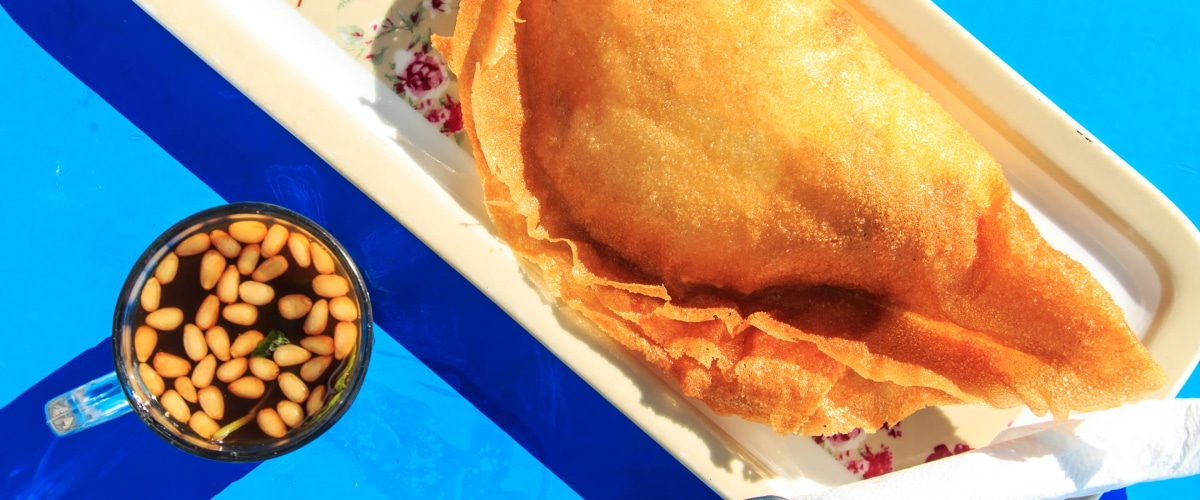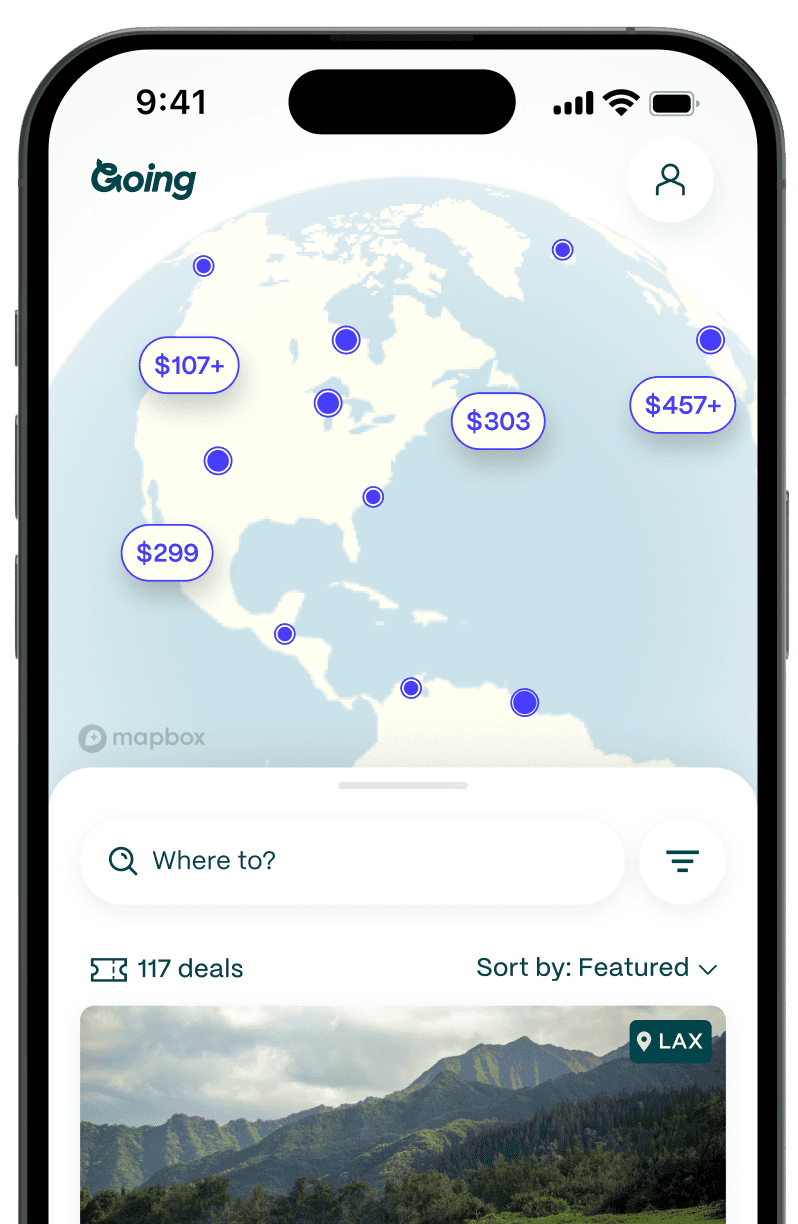
Açai: The Brazilian Fruit That Went From Local Legend to Global Superstardom
You’ve seen it in smoothies, ice cream, yogurt—and perhaps the occasional beauty product. In the past 15 years or so, açaí (pronounced ah-sigh-ee) has become a global sensation due to its “superfood” status. And for good reason: Loaded with antioxidants, fatty acids, vitamins (A, B, C, E, and K), minerals (calcium, iron, zinc, thiamine, potassium, magnesium, and phosphorus), and 19 of the 20 amino acids, its acclaimed health benefits include lowering cholesterol, boosting brain function, improving skin tone, and protecting against cancer and cardiovascular disease.

Before it dominated global health-and-wellness headlines, açaí bowls were purely Brazilian. In the northern city of Belém, more than 200,000 liters of the dark purple sorbet are consumed every day. In major cities like Rio de Janeiro, São Paulo, and Florianópolis, it’s a staple at nearly every snack bar and luncheonette. Even in small cities, açaí shops are everywhere: “I was working in a really small town of, like, 4,000 people in Rio Grande do Sul,” says Max Jacques, Brazilian chef and researcher. “They have two bakeries but five açaí shops.”
But açaí wasn’t always so prevalent throughout Brazil. Its rise to international-superstar fruit began as humble beginnings in the Amazon, where it has been a part of the diet and culture of Indigenous peoples for millennia.

Amazonian roots
The record for when açaí was first consumed is murky at best, but it is widely accepted that native eastern Amazon populations have used it as a source of nourishment, raw material, and medicine since long before these kinds of things were written down.
The story goes that, during a time of famine, an Indigenous tribe in the area currently known as Belém (the capital of the state of Pará) was led by a mystical vision to discover the berry high in the palm trees; consuming the fruit was thought to save the population.
Today, açaí is still a major part of the diet and culture of the Amazon region in northern Brazil, with most people eating it once—if not twice—daily. Unlike the sweetened versions found throughout the rest of Brazil and the world, there the açaí is typically eaten pure—without additives. Most communities have an açaí processing machine that removes the pits and crushes the berries. The resulting velvety slurry, served at room temperature, is often eaten as a side dish, much like a soup, and topped with cassava flour or crispy tapioca. It can also accompany savory dishes such as fish, shrimp, or meat.
“In the north of Brazil, if they don't have açaí in their meals, the taste of the food and the experience as a whole will not be the same,” says Guilherme Camocardi, a food content creator and tour guide from Rio de Janeiro. “It seems that they are missing something.”
Eduardo S. Brondizio, a professor of anthropology at Indiana University and author of Amazonian Caboclo and the Açaí Palm, calls açaí a “validator food” because “it gives people the sense that they’re eating a satisfying, plentiful meal.” The ingredient is such an essential part of their daily diet that meals feel less complete and nourishing without it.

From treetops to frozen pulp
Açaí palms grow abundantly in the Amazon river basin in the northern Brazilian states of Pará, Amapá, Maranhão, and Tocantins. In 2021, almost 95% of all açaí produced in Brazil came from the Pará state specifically. And despite its enormous growth in demand, the vast majority of açaí is still harvested by small-scale farmers using the same practices they used centuries ago.
The fruit grows in bunches that look like strands of dark purple pearls at the top of skinny palm trees, which can reach anywhere from 50-100 feet tall. Ribeirinhos, the locals who harvest the fruit, scale the towering trees using just the aid of a burlap strap worn on their feet. They swing from the treetops to pull off clusters of branches, then shimmy down taking great care not to fall while also protecting the heavy bundles of delicate fruit.
Unless you travel to the Amazon where the fruit is harvested, the only form of açaí you’ll ever encounter is a frozen puree, juice, or powder—never in its original berry form. That’s because the fruit is notoriously perishable; it has to be processed within 24 hours, otherwise it’ll lose a significant amount of its nutritional value, flavor, and color.
Açaí also has a very hard texture that takes many hours of soaking to get it soft enough to remove the pits. Although we call it a berry because of its likeness to a blueberry, it’s technically a drupe or stone fruit, which has a large pit inside, like an olive. In order to export açaí to the rest of Brazil and beyond, producers must race the fruit from treetops to processing plants to preserve its integrity.

Açaí for all
In part due to its perishable nature, açaí only began to spread from the Amazon to other parts of Brazil in the 1970s, when more mechanized processing techniques were developed and ribeirinhos began migrating to other Brazilian cities, taking with them Amazonian fruits to sell—including açaí.
But it wasn’t until the late ‘80s when açaí really boomed in Brazil, thanks to Brazilian jiu jitsu legends Hélio and Carlos Gracie, who hailed from Pará. The brothers championed the fruit among the trainees at their gyms in Rio. It was rich in nutrients and protein and thought to boost energy—perfect for athletes.
Açaí has an earthy flavor that Camocardi describes as tasting “like land, like ground, like vegetation.” To make it more palatable, the Gracies invented the first açaí bowls as we know them today: frozen açaí pulp blended with the sweet syrup of guaraná (an Amazonian plant high in caffeine), fruits like banana and strawberries, and topped with granola. There was little not to like about an energizing food that essentially tasted like ice cream. Pretty soon, word got out to other athletes, surfers, and beachgoers in Rio, then the rest of southern Brazil, and the superfruit shot to superstardom.
Now, like feijoada (a meat and black bean stew) or pão de queijo (chewy cheese buns), açaí is a pillar of Brazilian cuisine.
“It’s probably the most beloved Brazilian ingredient now. Like beans, rice, and açaí,” Jacques says. As a researcher with Instituto Brasil a Gosto, whose work aims to preserve Brazilian cuisine and the native ingredients that comprise it, he says, “I’m really happy that all of Brazil is eating açaí because that is my work. That’s what I root for.”
Brondizio adds that more than being a staple of the diet, açaí unifies Brazilians because “increasingly [it’s] a symbol of the Amazon and Brazil across the globe.” For Brazilians, açaí is tied to a “sense of pride that comes with a food that has gained appreciation everywhere.”
It's a symbol of the country’s connection to the Amazon—that also happens to taste really, really good. On a hot day, it’s a refreshing tonic for the heat. And when you need a pick-me-up, it provides a satisfying boost.
You’d be hard pressed to travel to Brazil and not see people eating the dark purple sorbet at all hours (yes, it is appropriate to eat açaí for breakfast, lunch, dinner, or whenever the hankering for a sweet treat hits). You’ll see businesspeople perched at open-air snack bars grabbing a bite during the work day, beachgoers cooling off with a frosty cup while lazing on the sand, families going out for açaí as an after-dinner dessert, and friends stopping for a late-night snack after leaving the bars.
“Açaí is part of Brazilian culture, gastronomy, and daily diet,” Camocardi says. “Brazilians simply love and are addicted to açaí.”
Especially in Rio, where the beach and fitness are such big parts of Carioca culture, açaí is everywhere—literally. Nearly every street corner has a sucos (juice) bar, with tropical fruits piled high and photos of açaí in smooth viscous peaks on display. On the beach, you’ll hear the booming, sing-song call of “AH-SIGH-EEEE” when a vendor is approaching with the refreshing snack. So after a surf sesh or a workout class, there’s only one logical thing to do when in Brazil: quench your thirst and beat the heat with an açaí fix.
Where to Eat Açaí in Rio de Janeiro
Like dancing to the beat of samba during Carnival or cheering in the stands of a packed football stadium, açaí is better experienced in Brazil, where it’s richer, smoother, and creamier than anywhere else. While you can get açaí at nearly every turn in Rio—and they’ll all be fantastic—here’s where to get the most authentic bowls.
A casual restaurant in Flamengo where you’ll find one of Rio’s most respected bowls of açaí, here it’s mixed with less sweeteners and less ice, resulting in a creamier, darker puree than at most of the city’s juice bars. The eatery also serves dishes typical of the Amazon. Try the salty, sour, mouth-numbing namesake tacacá (a delicious local soup with shrimp, cassava, and basil) and the casquinha de caranguejo (a heaping plate of sautéed crab meat).
It’s a rite of passage in Rio to go to Bibi Sucos for a late lunch after a day at the beach. Bibi’s açaí is simple and classic (like the rest of its menu). While various chain locations can be found around the city, go to the original in Leblon for immaculate post-beach vibes. (A second Leblon location—you’ll know it by the modern glass and concrete storefront—has opened a mere block away, a testament to its enormous popularity.)
To get a taste of pure açaí, head to Amazônia Soul in Ipanema, for various goods from the state of Pará. The açaí here is served as it would be in the north: without added sugar or sweetener and blended to a super smooth consistency.
In the hilly, inland neighborhood of Santa Teresa, this cafe serves excellent açaí along with equally excellent pão de queijo that makes for a perfect savory-sweet complement.
Located in the Lagoa (lagoon) neighborhood by the water, this eatery and shop offers an original take on the açaí bowl: filled half with açaí and half with puree of cupuaçu, an Amazonian fruit with a flavor featuring notes of cacao and pineapple. The combination—creamy, tart, and without a hint of ice—is sensational. Here you can order açaí puro (without guaraná sweetener) or add cane molasses.
Plan your trip to Rio de Janeiro
Rio is revered for its urban beaches and forest-clad mountains, but the city that winds its way through this dramatic landscape is also rich in Afro-Brazilian culture. Here, in the birthplace of samba, the rhythmic beats will lead you down the hidden alleyways of Rio’s forgotten past, far beyond the polished seaside neighborhoods that tourists know about. Here’s your guide.
Read more about delicious dishes around the world:
Last updated August 29, 2024









